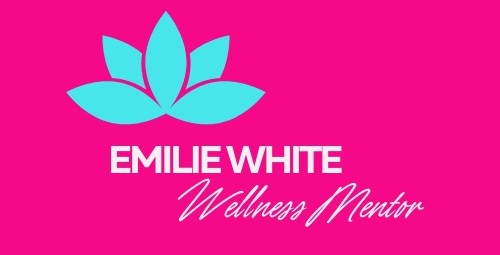In today’s world, it’s more important than ever to create a non-toxic home environment. Harmful chemicals can be found in everything from cleaning products to furniture to building materials. But by taking some simple steps, you can create a safer and healthier living space for yourself and your family.
Why Creating a Non-Toxic Home is Important

There are many benefits to creating a non-toxic home environment. Not only will it improve your health, but it’s also better for the environment.
- Health Benefits: Exposure to harmful chemicals can cause a range of health problems, including respiratory issues, skin irritation, and even cancer. By creating a non-toxic home, you can reduce your exposure to these toxins and improve your overall health.
- Environmental Benefits: When you use non-toxic products, you’re helping to reduce the amount of harmful chemicals that are released into the environment. This is better for the planet and future generations.
Identifying Toxins in Your Home
The first step to creating a non-toxic home is to identify the harmful chemicals that may be lurking in your home.
- Common Household Toxins: Some common household toxins include lead, formaldehyde, and volatile organic compounds (VOCs). These can be found in everything from paint to cleaning products to furniture.
- How to Spot Toxic Products: Look for products that have been certified as non-toxic or eco-friendly. You can also check the labels for ingredients to avoid, such as phthalates and parabens.

Click here to get my FREE PDF that talks more in detail about these toxic chemicals and which products I recommend!
Removing Toxins from Your Home
Once you’ve identified the toxins in your home, it’s time to remove them.
- DIY Cleaners: You can make your own non-toxic cleaning products using ingredients like vinegar, baking soda, and essential oils.
- Non-Toxic Product Recommendations: There are many non-toxic cleaning products on the market, such as Seventh Generation and Mrs. Meyer’s. Look for products that have been certified by organizations like Green Seal or EcoLogo.
- Proper Disposal of Toxic Products: If you have toxic products that need to be disposed of, make sure to do so properly. Contact your local waste management facility for guidance.
Creating a Non-Toxic Home Environment for Children
Children are especially vulnerable to the harmful effects of toxins, so it’s important to take extra precautions when creating a non-toxic home environment for them.
- Child-Safe Cleaning Products: Look for cleaning products that are specifically designed for use around children. These products are formulated to be non-toxic and safe.
- Reducing Exposure to Toxins: Minimize your child’s exposure to toxins by using natural pest control methods, avoiding synthetic fragrances, and choosing non-toxic furniture and building materials.
Conclusion
Creating a non-toxic home environment may seem overwhelming, but it’s actually quite simple. By following the tips outlined in this post, you can create a safer and healthier living space for yourself and your family. And remember, every little step you take towards a non-toxic home is a step towards a healthier planet.
